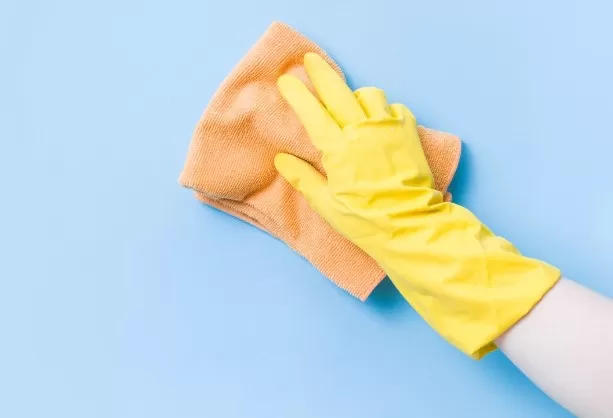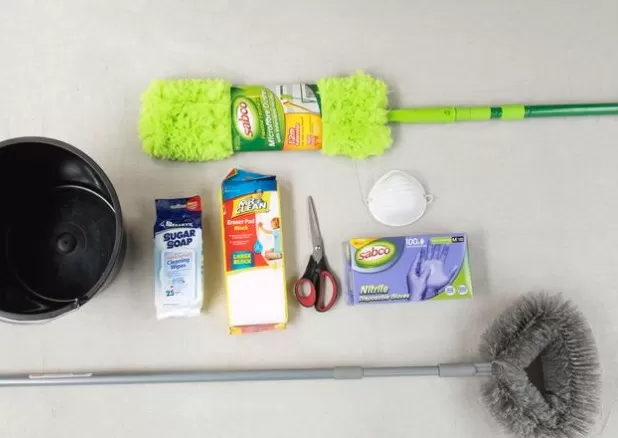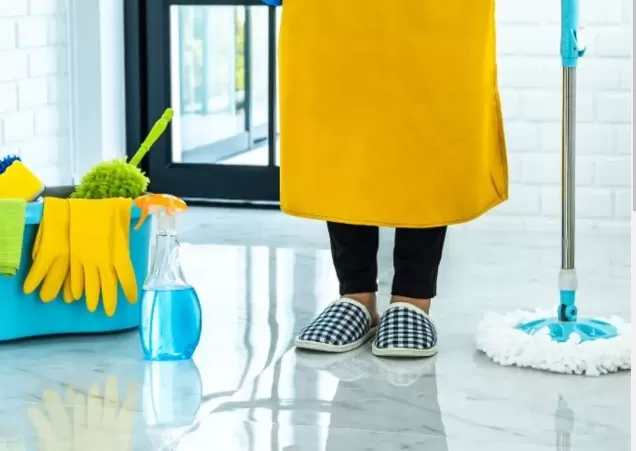How to Clean White Walls
Freshen Up Your White Walls: Tips for Cleaning and Maintaining
White walls can make a space look bigger, brighter, and cleaner. However, they can also be difficult to maintain, as they easily become dirty due to scuffs and fingerprints. Don’t let this discourage you, as there are plenty of ways to get your walls looking spic and span again.
In this article, we’ll share some Tips and Tricks for cleaning white walls. You can use household solutions like dish soap or baking soda paste to remove dirt and stains with a wet sponge. Additionally, commercial products like all-purpose cleaners and Magic Erasers can also do wonders.
Keep reading to learn some simple methods to get your walls looking smashing in no time.
How Often Should You Clean Your Interior Walls??

Cleaning Your Walls: When and How Often to Do It.
Walls can often be overlooked when it comes to regular cleaning, but they do need to be cleaned periodically to maintain a fresh and tidy appearance.
While deep cleans and moving in or out may be times when you think of cleaning your walls, they can actually get dirty more frequently than that, especially in homes with children and pets. In addition, warmer months when windows are open can bring in dust and dirt, making spot cleaning a necessary task.
To determine how often you should clean your walls, consider factors such as the amount of foot traffic in your home, whether you have children or pets, and whether anyone in your home has allergies or respiratory issues that could be worsened by dust and allergens.
A general guideline is to spot clean walls as needed and deep clean them at least once a year.
By establishing a cleaning schedule that works for you and your home, you can keep your walls looking clean and fresh year-round.
How to Effectively Clean White Walls: Tips and Tricks

Before you start cleaning your white walls, assess the damage and determine what supplies you’ll need.
The size and type of stain or mark will heavily determine the supplies required. For instance, you may only need a soft sponge or microfiber cloth to tackle most stains, but for stubborn ones, you might need a Magic Eraser or a scrubber brush.

Supplies for cleaning white walls include:.
Soft sponge or microfiber cloth
All-purpose cleaner
Mild dish soap
Baking soda
Magic Eraser
Start with Ceiling-to-Floor Dusting.
If you’re only dealing with dust, use a damp microfiber cloth and check it regularly while working to rinse and wring it out as it gets dirty. You can add some all-purpose cleaner, but it’s optional.
If you want to be thorough, use a tool with an extendable arm that can reach high corners.
Spot Method 1: All-Purpose Cleaner.
Any all-purpose cleaner can be paired with a microfiber cloth, rag, or paper towel. Choose a cleaner with a soapy texture to tackle sticky messes, like spills, but it works best if you catch a stain immediately.
Spot Method 2: Dish Soap and a Soft Sponge.
Use mild dish soap that doesn’t contain harsh chemicals for cleaning surfaces. Wet the sponge, add a dot of dish soap, and apply it to the stain.
Rub gently until you see suds, let it sit, and wipe it clean with a damp microfiber cloth. You may have to repeat the process two or three times.
Spot Method 3: Baking Soda Paste.
To clean stubborn spots, mix three parts baking soda with one part water to make a paste. Spread the paste on the stain with a wet sponge and let it sit before wiping it with a damp microfiber cloth.
Spot Method 4: Magic Eraser.
If none of the above works, try using a Magic Eraser. These erasers are strong enough to remove stains and scuffs without much elbow grease.
Be careful when using them on gloss and semi-gloss painted walls because they may leave dull spots if used too aggressively.
Simple Tips to Keep Your Walls Clean and Fresh

Regular spot-cleaning can prevent stains from penetrating into the walls.
Be careful while vacuuming to avoid kicking up dirt from the floors onto the walls. Additionally, dust from ceiling to floor, paying special attention to ceiling fans.
When in operation, ceiling fans disperse dust throughout your home, much of which can stick to the walls.
*The information is for reference only.